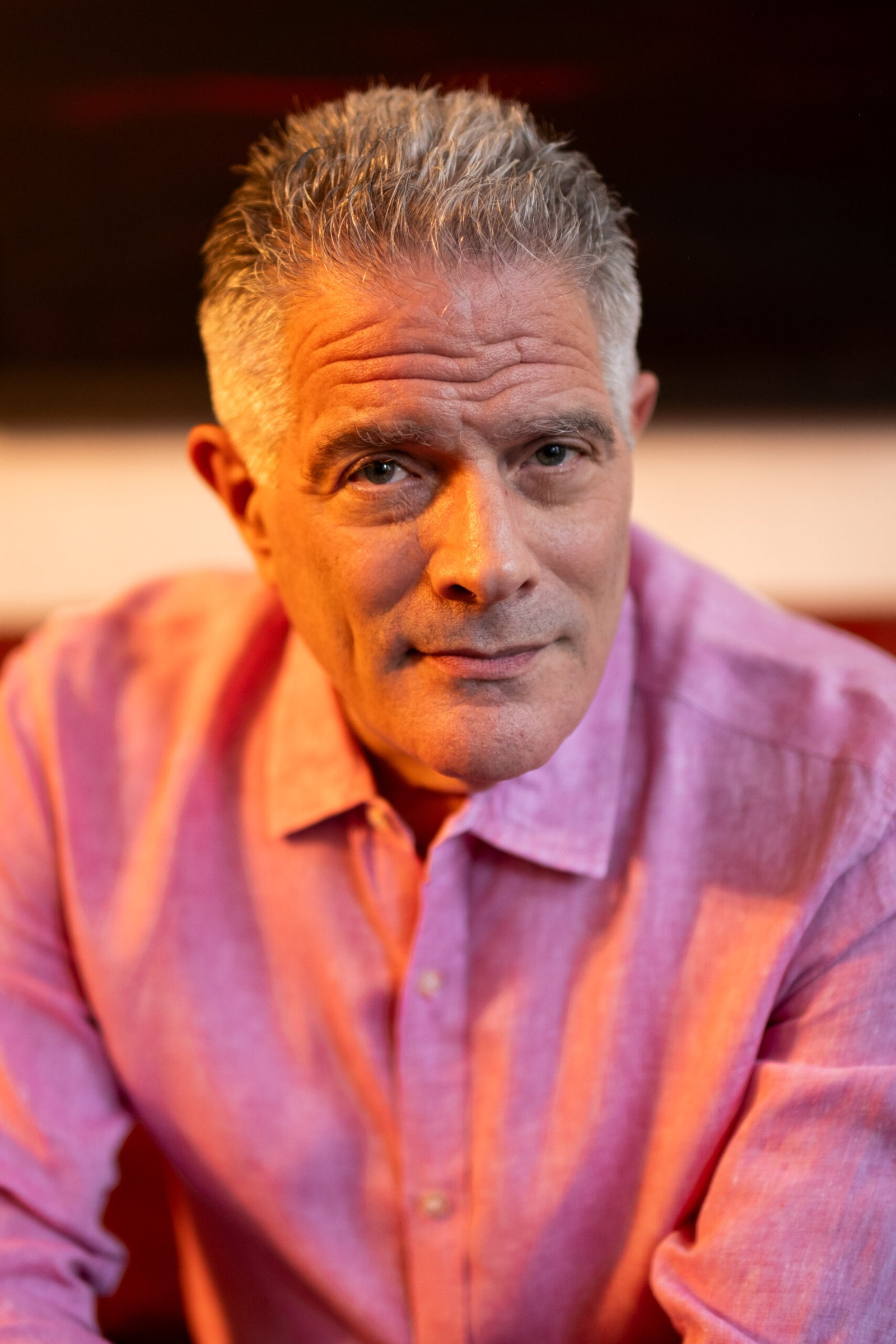As a therapist, I want to gently complicate one of the Michal Leibowitz piece, “There’s a Link Between Therapy Culture and Childlessness.” She suggests that therapy often flattens the narrative of our childhoods into one of blame. Yes, she offers a compelling and vulnerable reflection on how generational ideas about harm, trauma, and parenting may be reshaping our relationship to parenthood itself.
And, yes, “therapy culture”—especially in its most distilled, social-media-driven form—can indeed reduce complexity into easy diagnoses and hashtags. In that arena, “toxic parents,” “trauma responses,” and “no contact” can become overly broad categories that leave little room for context, contradiction, or relational repair.
But that’s not what therapy itself, at its best, is about.
I say this not only as someone newly in private practice, but as someone who came to clinical work later in life. I recently completed psychoanalytic training at the National Institute for the Psychotherapies in New York, after a long and very different first career—decades in global corporate leadership, much of it based in Asia. My shift into psychotherapy was born from a deep curiosity about what motivates people beneath the surface, beyond performance, beyond role. That curiosity remains central to my work today.
What I’ve found in the therapy room—on both sides of the relationship—is that healing doesn’t come from identifying a villain. It comes from learning to tolerate ambivalence. Therapy, especially as informed by the psychoanalytic tradition, offers a space where we can begin to see others (and ourselves) in more textured terms. Melanie Klein called this the depressive position: the developmental leap in which we come to see our caregivers not as all-good or all-bad, but as fallible, complex people capable of both love and harm.
D.W. Winnicott famously argued that parental failure—so long as it is not extreme—is actually essential to a child’s growth. Children don’t need perfect parents. They need parents who are “good enough.” And often, therapy helps us grieve the loss of an idealized parent so that we can reconnect with the very real, if flawed, love that may have been there all along.
To be clear: some estrangements are necessary and protective. Real trauma exists. But in my experience, the work of therapy is not to flatten—it’s to complicate, to humanize, to make space for pain and connection to coexist.
Leibowitz closes with a recognition that her own parents, while imperfect, loved her deeply. That realization—the sense that our hurt is real and our parents are human—is not an undoing of therapy’s insights. It’s the very heart of them.

